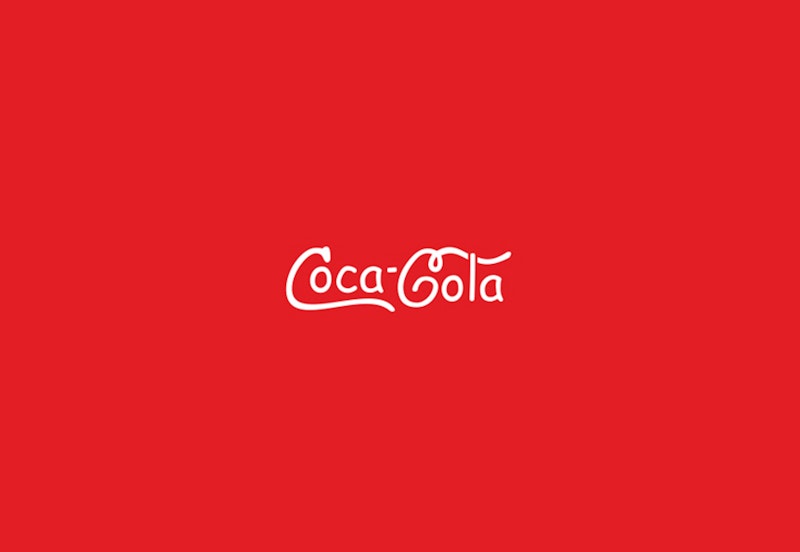The article you’re reading is set in a particular typeface, or what is more commonly referred to as a font. As you create you own text documents, you choose what you think is an appropriate font. The organization you work for may have guidelines or rules naming a particular font to be used for corporate communications. Several large companies, including Southwest Airlines, Toyota and CNN have commissioned typefaces. They’re intended to provide a consistent, recognizable face to a corporation, and are becoming an integral part of an overall marketing and identification strategy.
Typefaces are beginning to carry a heavier load than simply defining a text form. Officially, a font is one component of a typeface, the italic version of a typeface is one example of a font. Typefaces and their component parts have undergone significant study, so that they can offer the biggest bang for their buck.
Sarah Hyndman may be the preeminent authority on how those curves and angles are making you feel. Hyndman’s years of study, research and data-gathering have led to several publications, including “Why Fonts Matter.” Hyndman says she’s “on a mission to change the way we think and talk about typography.” Noting that much of the nomenclature around typography is based in Latin roots, her publications and talks work to de-mystify that language, using original methods to show the commoner how they are impacted by type.
Synesthesia—“The production of a sense impression relating to one sense or part of the body by stimulation of another sense or part of the body”—is at work in Hyndman’s experiments, including “The typographic taste-changing jelly bean experiment.” The reader is asked to view different typefaces while eating a jelly bean. Reader responses in describing how sweet or sour or “how pleasant tasting” a jelly bean is, will change, based on the font being viewed while eating. That’s an example of synesthesia. “It gives us clues to how we respond to the shapes of the words we read,” writes Hyndman.
Scientists suggest that only 10 percent of us are true synesthesiasts, experiencing much more than an alignment of a photo of a lemon evoking the thought of a sour taste. This connection is deeper, multi-sensory, and cross-modal. There are people who’ll hear a Shostakovich chamber piece, and call it purple, or a man who almost tastes a jazz number as “really spicy.”
Hyndman continues to self-fund her efforts to gather data on how type elicits responses from our senses other than sight alone. Another experiment asks subjects to see packaging with different typefaces and asks, “Which is more attractive, which would contain something sweeter, or more sour,” based entirely on the typeface used. You can experience a number of Hyndman’s talks, virtually, during the pandemic, without the cost of a trans-Atlantic flight. A schedule of upcoming events is available here. When we’re able, I’d like to attend her “Pub Sign Crawl and Pub Quiz.” I know absolutely nothing about London pubs, so I’m probably going to have to attend several times.
Goldman Sachs describes their typeface, Goldman Sans, as “approachable, without being whimsical,” which seems to make sense for an investment house. Hyndman points out that, generally speaking, we’re more likely to have a positive response to a curved typeface, where sharp, angular fonts bring about a more negative feeling. In her publication, “A Taste of Type,” Hyndman points out that a downward-pointing triangle is a “dangerous” shape because it brings to mind, in a primal way, the face of an onrushing predator. We’re all aware the advertising and marketing gurus are pushing subliminal messages. We may not have understood that even the way the letters on packages are shaped is meant to get us closer to a purchase. That new Springsteen song is definitely orange.

